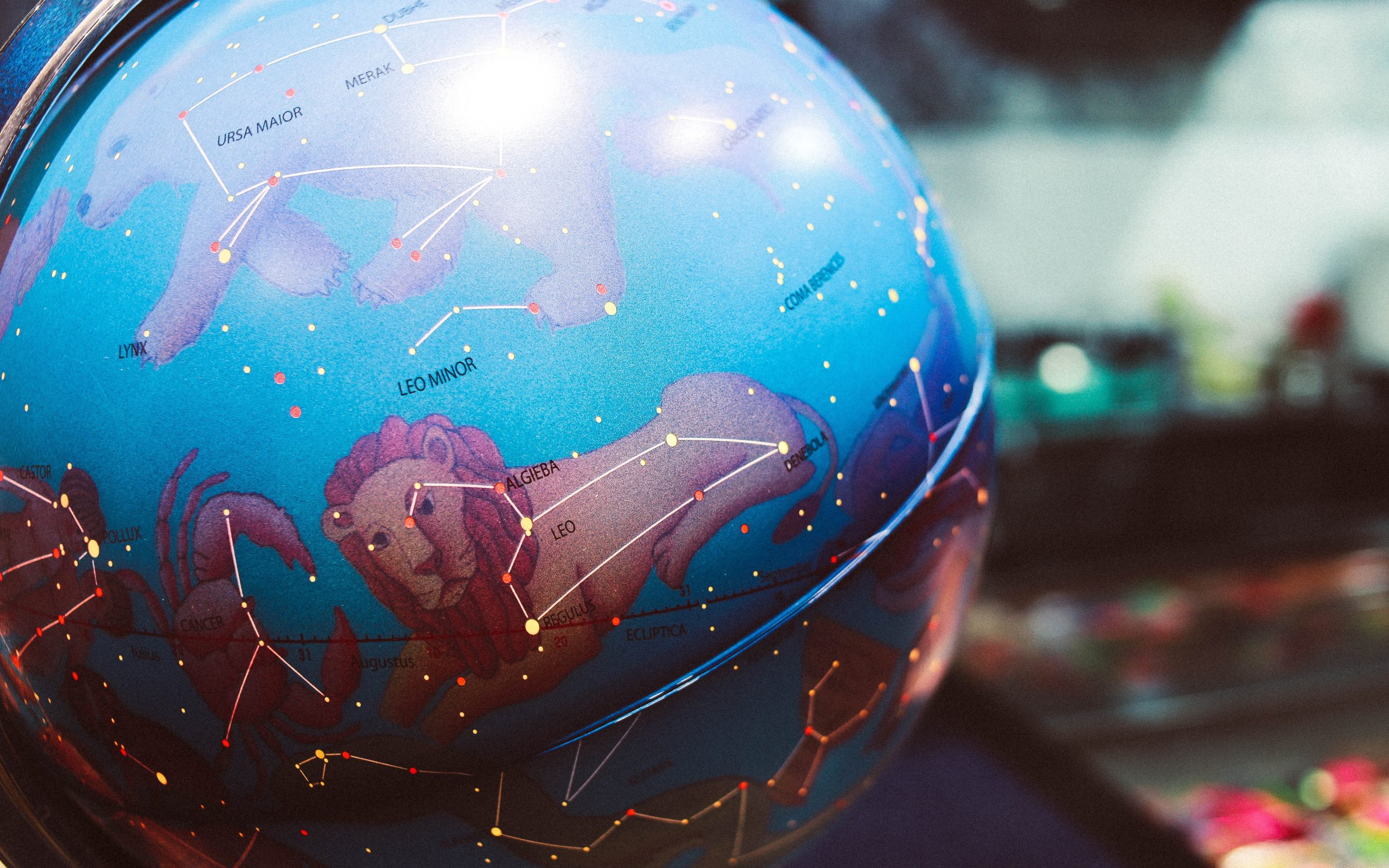The Moon Goes Through These Eight Phases
Have you ever gazed up at the night sky and marveled at the moon? Its luminous beauty and constantly changing appearance have captivated humans for centuries. But did you know that the moon goes through eight distinct phases during its monthly orbit around Earth? In this blog post, we will explore each of these phases, their characteristics, and the science behind them.
1. New Moon
The lunar cycle begins with the new moon, which occurs when the moon is positioned between the Earth and the Sun. During this phase, the side of the moon facing Earth is not visible, appearing completely dark. The new moon marks the start of a new lunar month and sets the stage for the following phases.
2. Waxing Crescent
As the moon continues its orbit, a small sliver of its illuminated side becomes visible. This phase is called the waxing crescent. Imagine a thin, curved sliver of light cutting through the darkness. Although it is faint, it is a beautiful sight to behold and a clear indication that the moon is transitioning towards fullness.
3. First Quarter
After the waxing crescent, the moon reaches the first quarter phase. At this point, exactly half of the moon’s illuminated side is visible from Earth. The name “first quarter” is slightly misleading since it actually appears as a half-moon. During this phase, the moon is already halfway through its cycle to becoming a full moon.
4. Waxing Gibbous
Following the first quarter phase, the moon enters a stage called the waxing gibbous. During this phase, more than half of the moon’s illuminated side can be seen from our perspective on Earth. The term “gibbous” refers to a shape that’s more substantial than a crescent but not quite fully rounded.
| Phase | Visibility | Description |
|---|---|---|
| New Moon | Not visible | The moon is positioned between the Earth and the Sun, with its dark side facing Earth. |
| Waxing Crescent | Partial | A thin, curved sliver of the illuminated side of the moon becomes visible. |
| First Quarter | Half | Exactly half of the moon’s illuminated side is visible, resembling a half-moon. |
| Waxing Gibbous | More than half | More than half of the moon’s illuminated side is visible, but it is not fully rounded. |
5. Full Moon
Around two weeks into the lunar cycle, we reach the full moon phase. This is when the entire illuminated side of the moon can be seen from Earth, creating a captivating, luminous orb in the night sky. The full moon is truly a sight to behold, and it has inspired countless legends, cultural beliefs, and artistic creations throughout history.
6. Waning Gibbous
After the full moon, the moon begins its journey towards darkness once again. The waning gibbous phase occurs when more than half of the illuminated side is still visible, but begins to decrease. It appears as a partially rounded shape, resembling the waxing gibbous phase in reverse.
7. Third Quarter
Proceeding from the waning gibbous, the third quarter phase arrives. Similar to the first quarter, exactly half of the illuminated side is visible during this phase, but the opposite side compared to the first quarter. The third quarter resembles a half-moon shape, but the illuminated side is opposite to that of the first quarter.
8. Waning Crescent
Finally, the moon enters its last phase before returning to the new moon – the waning crescent. During this phase, a small, curved sliver of the illuminated side remains visible, continuing to decrease in size until it once again becomes invisible during the new moon phase. The waning crescent signals the completion of the lunar cycle, preparing for another new moon to start the process anew.
The Science behind the Phases
The moon’s phases are ultimately determined by its position in relation to the Sun and Earth. As the moon orbits around our planet, the Sun’s rays illuminate different portions of the moon’s surface. The changing positions and angles of these celestial bodies create the various phases that we observe.
When the moon aligns with the Sun and Earth during the new moon phase, the Sun illuminates the side of the moon that faces away from us. As the moon moves in its orbit, we gradually see more of its illuminated side, leading to the waxing phases. When the moon reaches the full moon phase, it is on the opposite side of Earth as the Sun.
From this point, the moon begins to move away from the full moon position, entering the waning phases. As the illuminated side gradually decreases, we witness the waning gibbous, followed by the third quarter, and ultimately the waning crescent. Finally, the cycle resets with a new moon, starting the whole process over again.
In Conclusion
The moon’s eight phases – new moon, waxing crescent, first quarter, waxing gibbous, full moon, waning gibbous, third quarter, and waning crescent – offer a fascinating journey through the lunar cycle. Each phase brings its own unique beauty and has captured the imagination of humanity for centuries. So next time you look up at the night sky and observe the moon, take a moment to appreciate the intricate dance between our planet, its satellite, and the Sun that results in these mesmerizing lunar phases.
Table of Contents
